How To Check For Cameras In Hotel Room ?
To check for cameras in a hotel room, you can start by conducting a visual inspection of the room. Look for any unusual or hidden objects such as small holes, unusual wires, or devices that seem out of place. Pay close attention to areas like smoke detectors, mirrors, electrical outlets, and any decorative items.
You can also use a flashlight to scan the room for hidden cameras. Turn off the lights and shine the flashlight around the room, looking for any reflections or glimmers that might indicate the presence of a camera lens.
Another option is to use a camera detector device or app. These tools are designed to detect the presence of hidden cameras by picking up their radio frequency signals or detecting the infrared light emitted by the cameras.
It's important to note that while these methods can help you identify some hidden cameras, they are not foolproof. If you have concerns about privacy, it's best to contact hotel management or security for assistance.
1、 Visual Inspection of the Room
To check for cameras in a hotel room, the most effective method is to conduct a visual inspection of the room. This involves carefully examining the room for any suspicious or out-of-place objects that could potentially be hidden cameras.
Start by surveying the room from a general perspective. Look for any unusual or unnecessary items such as smoke detectors, wall decorations, or electronic devices that seem out of place. Pay close attention to objects that have a clear line of sight to the bed, bathroom, or other private areas.
Next, inspect the room for any small holes or gaps where a camera could be hidden. Check the walls, ceilings, light fixtures, and electrical outlets for any signs of tampering or unusual wiring. Look for any unusual reflections or glimmers that could indicate the presence of a camera lens.
Additionally, check common hiding spots such as alarm clocks, picture frames, mirrors, and even inside potted plants. These are popular locations for hidden cameras due to their inconspicuous nature.
It's important to note that technology is constantly evolving, and hidden cameras can now be incredibly small and difficult to detect. Some cameras may even be disguised as everyday objects like USB chargers or wall outlets. Therefore, it's advisable to stay updated on the latest advancements in surveillance technology and be aware of any new potential hiding spots.
If you have concerns about privacy, it's always a good idea to inform the hotel management and request a different room. They should take your concerns seriously and assist you in ensuring your privacy and security during your stay.
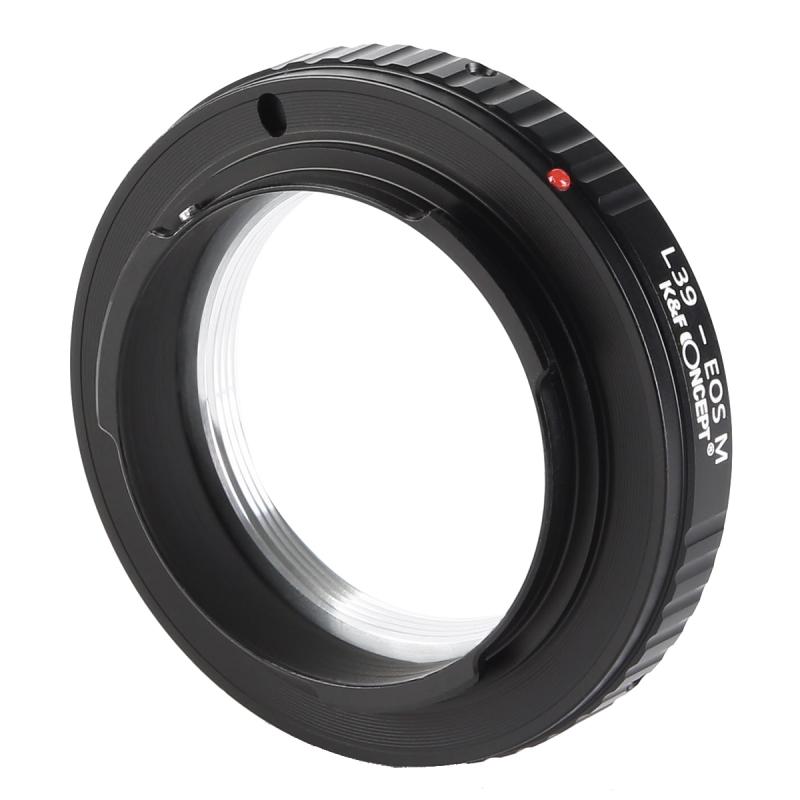
2、 Use of Camera Detection Devices
How to check for cameras in a hotel room is a question that has gained significant attention in recent years due to concerns about privacy and security. While there are various methods to detect hidden cameras, it is important to note that the use of camera detection devices may not always be legal or ethical.
One of the most common methods to check for hidden cameras is to conduct a physical inspection of the room. This involves carefully examining the room for any unusual or out-of-place objects that could potentially be a hidden camera. Look for objects such as smoke detectors, wall outlets, or decorative items that may have a camera lens concealed within them. Additionally, check for any wires or unusual blinking lights that could indicate the presence of a hidden camera.
Another method is to use a camera detection device, which can help identify the presence of hidden cameras by detecting their radio frequency signals or infrared emissions. However, it is important to note that the use of such devices may be restricted or prohibited in certain jurisdictions. It is advisable to check the local laws and regulations before using any camera detection device.
In recent years, advancements in technology have made it easier for hidden cameras to be smaller and more discreet. This has led to an increased demand for camera detection devices. However, it is essential to use these devices responsibly and within the boundaries of the law.
Ultimately, ensuring privacy and security in a hotel room is a matter of personal vigilance and taking appropriate precautions. While it is important to be aware of the potential risks, it is also crucial to strike a balance between privacy concerns and respecting the rules and regulations of the hotel.
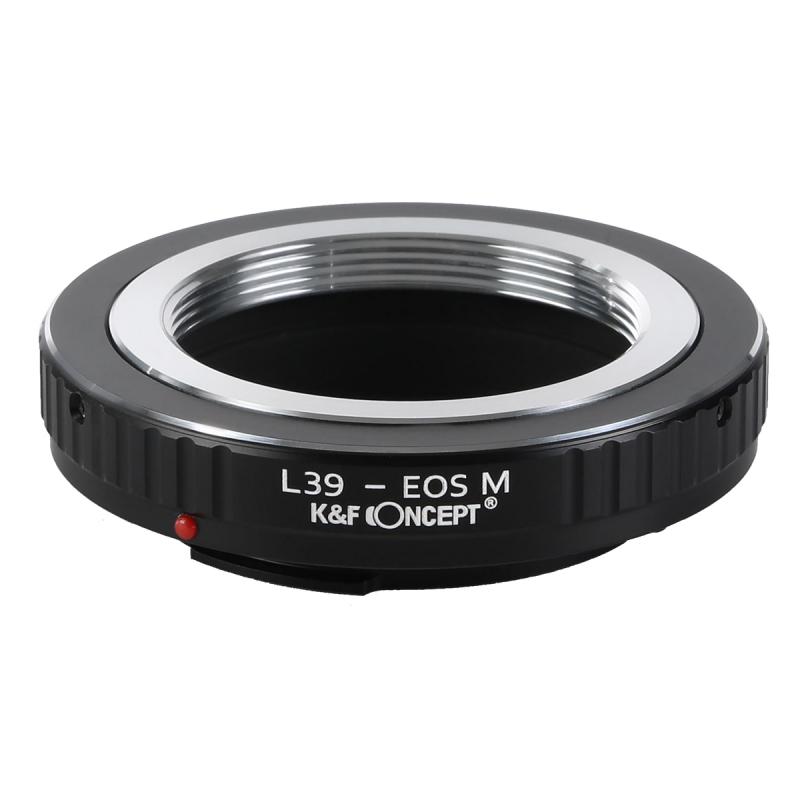
3、 Check Common Hiding Spots
To check for cameras in a hotel room, it is important to be thorough and systematic. Here are some steps you can take to ensure your privacy and security:
1. Check Common Hiding Spots: Start by inspecting the most common hiding spots for cameras. These include areas like smoke detectors, alarm clocks, wall sockets, mirrors, and decorative items. Look for any unusual or out-of-place objects that could potentially conceal a camera.
2. Use a Flashlight: Cameras often have small indicator lights that can be difficult to spot with the naked eye. Use a flashlight to carefully examine these objects and look for any unusual reflections or blinking lights.
3. Look for Wires: Cameras need power and may be connected to an electrical outlet or have wires running to them. Inspect the area around electrical sockets, lamps, and other devices for any suspicious wires that could be connected to a hidden camera.
4. Use a Camera Detector: Consider investing in a camera detector device. These small gadgets can help detect the presence of hidden cameras by picking up their radio frequencies or infrared signals. They are easy to use and can provide an added layer of assurance.
5. Check Wi-Fi Networks: Some hidden cameras may be connected to a Wi-Fi network for remote monitoring. Use your smartphone or a Wi-Fi scanning app to check for any unfamiliar or suspicious networks in your hotel room.
6. Trust Your Instincts: If something feels off or you notice any red flags, trust your instincts. It's better to be safe than sorry, so consider requesting a room change or contacting hotel management if you have concerns about your privacy.
It's important to note that technology is constantly evolving, and hidden cameras can become increasingly sophisticated and harder to detect. Therefore, staying vigilant and taking these precautions can help ensure your privacy and peace of mind while staying in a hotel room.
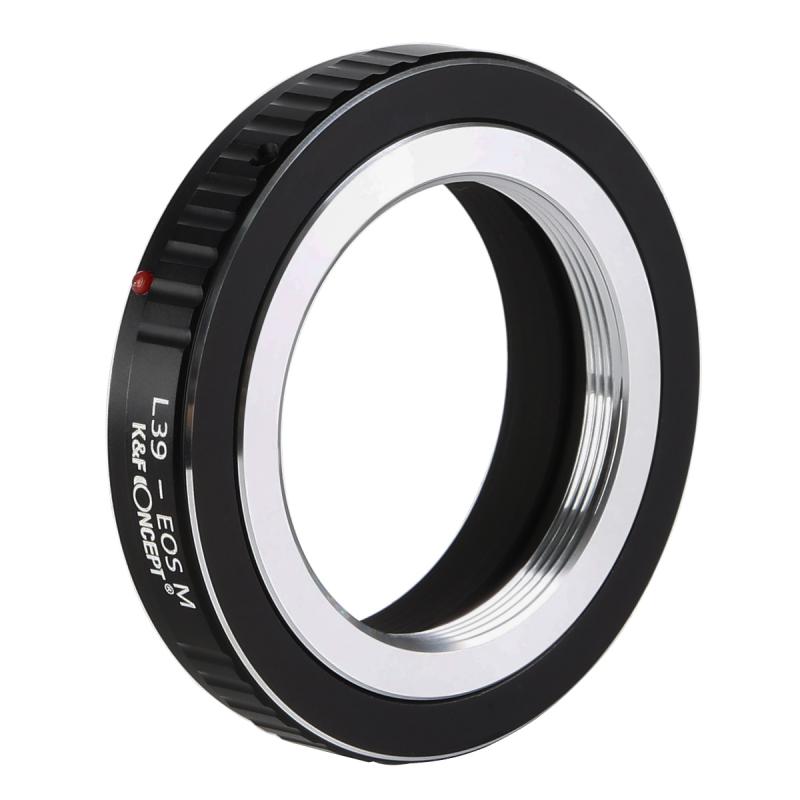
4、 Look for Unusual Objects or Modifications
To check for cameras in a hotel room, one of the most effective methods is to look for unusual objects or modifications. This approach has been widely recommended by security experts and is still relevant today.
Start by conducting a thorough visual inspection of the room. Look for any objects that seem out of place or don't belong in a typical hotel room. Pay close attention to items such as smoke detectors, wall clocks, electrical outlets, and even decorative items like picture frames or plants. These are common hiding spots for hidden cameras.
Inspect these objects closely for any signs of tampering or modifications. Look for small holes, unusual wires, or any other irregularities that could indicate the presence of a hidden camera. Additionally, check if any of these objects have a wide-angle lens, as this is often used in covert surveillance devices.
It's important to note that technology is constantly evolving, and hidden cameras can now be even more discreet. For instance, some cameras are designed to blend seamlessly into the environment, making them harder to detect. These may be disguised as everyday objects like USB chargers, pens, or even clothing hooks.
To stay up to date with the latest advancements in surveillance technology, it's advisable to research and invest in a portable camera detector. These devices use radio frequency signals or infrared light to detect hidden cameras. They can help you identify any covert recording devices that may not be visible to the naked eye.
Remember, while it's essential to be cautious and take steps to protect your privacy, it's also important not to invade the privacy of others. Only use these methods to ensure your own safety and security.
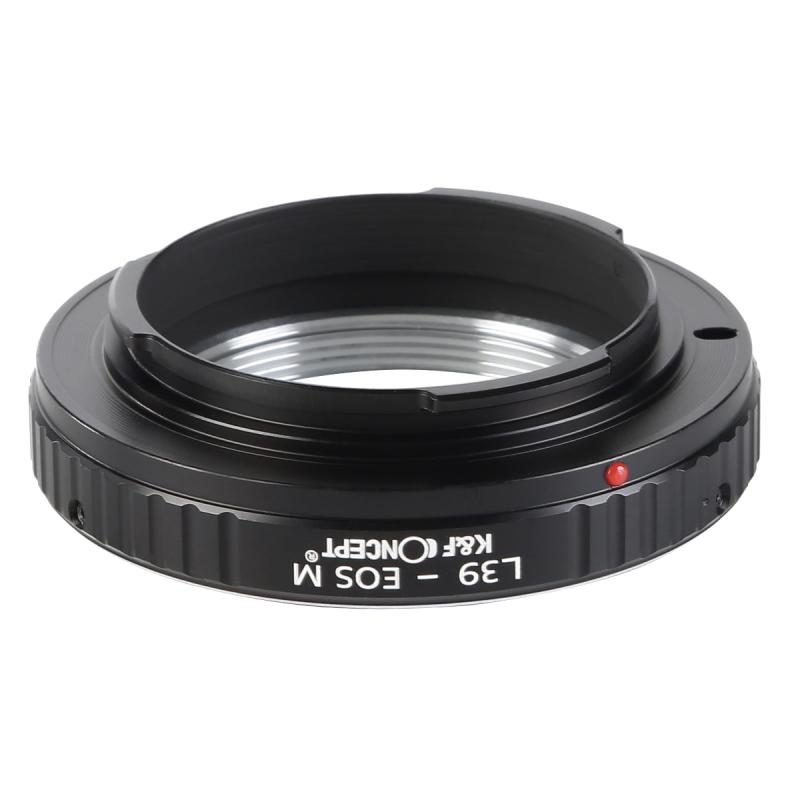







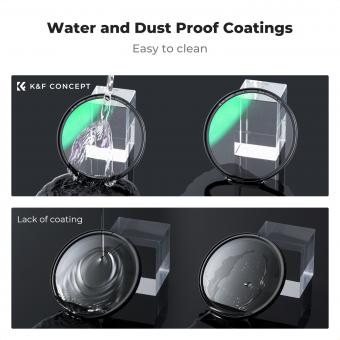

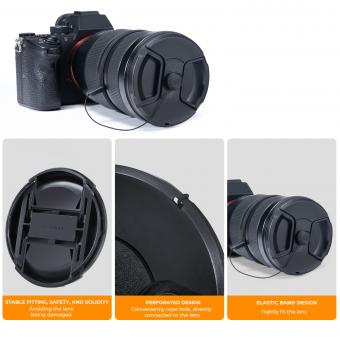


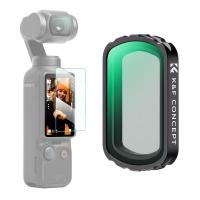
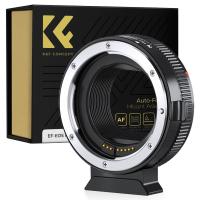

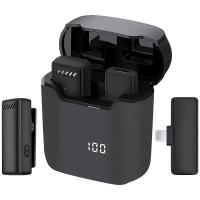
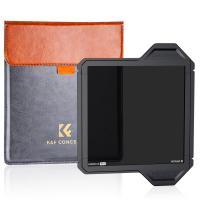
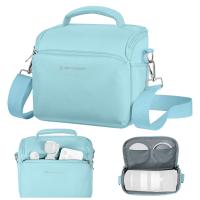

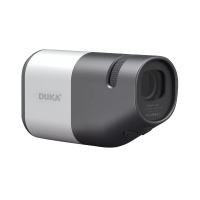

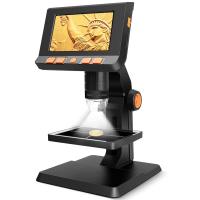
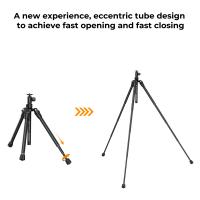

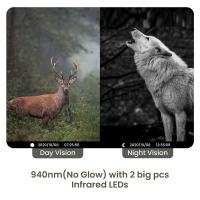
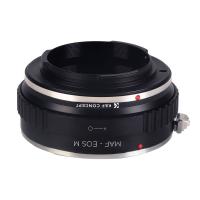
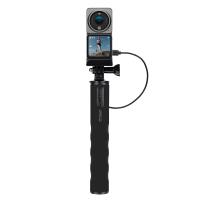
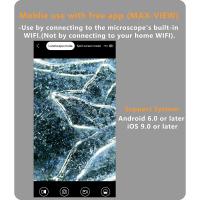


There are no comments for this blog.